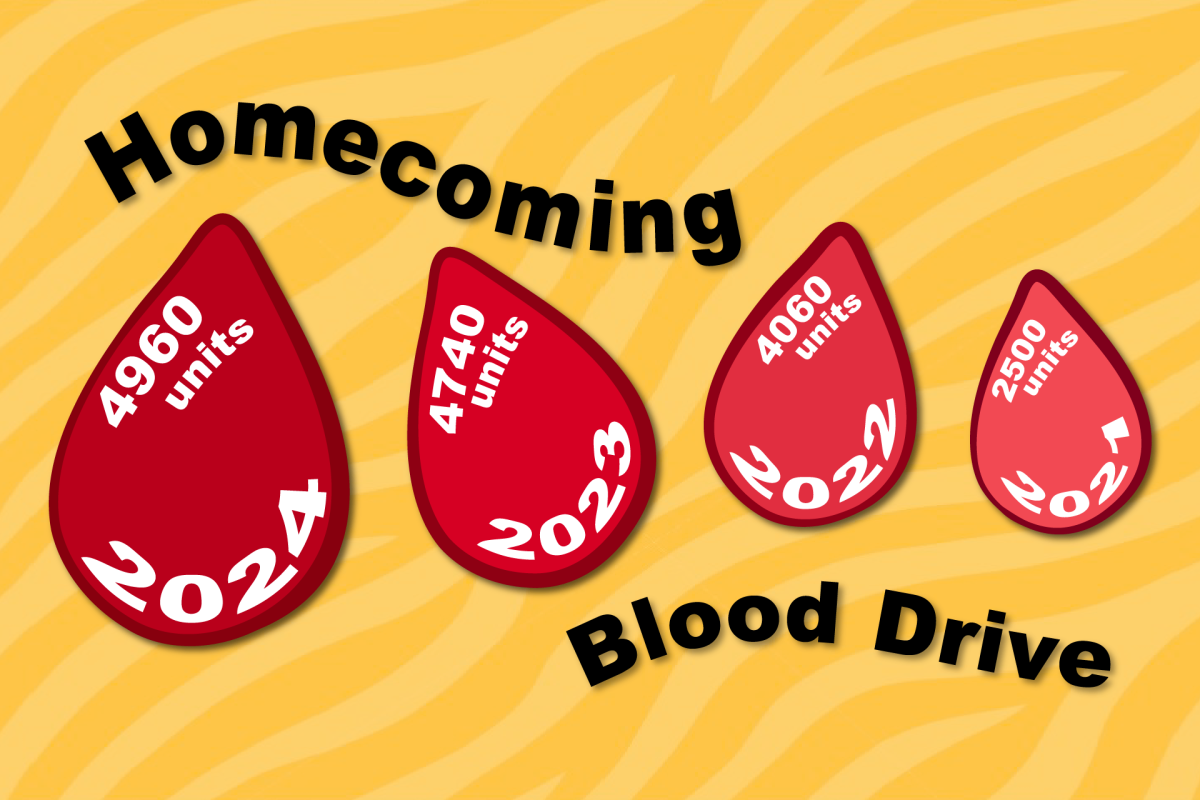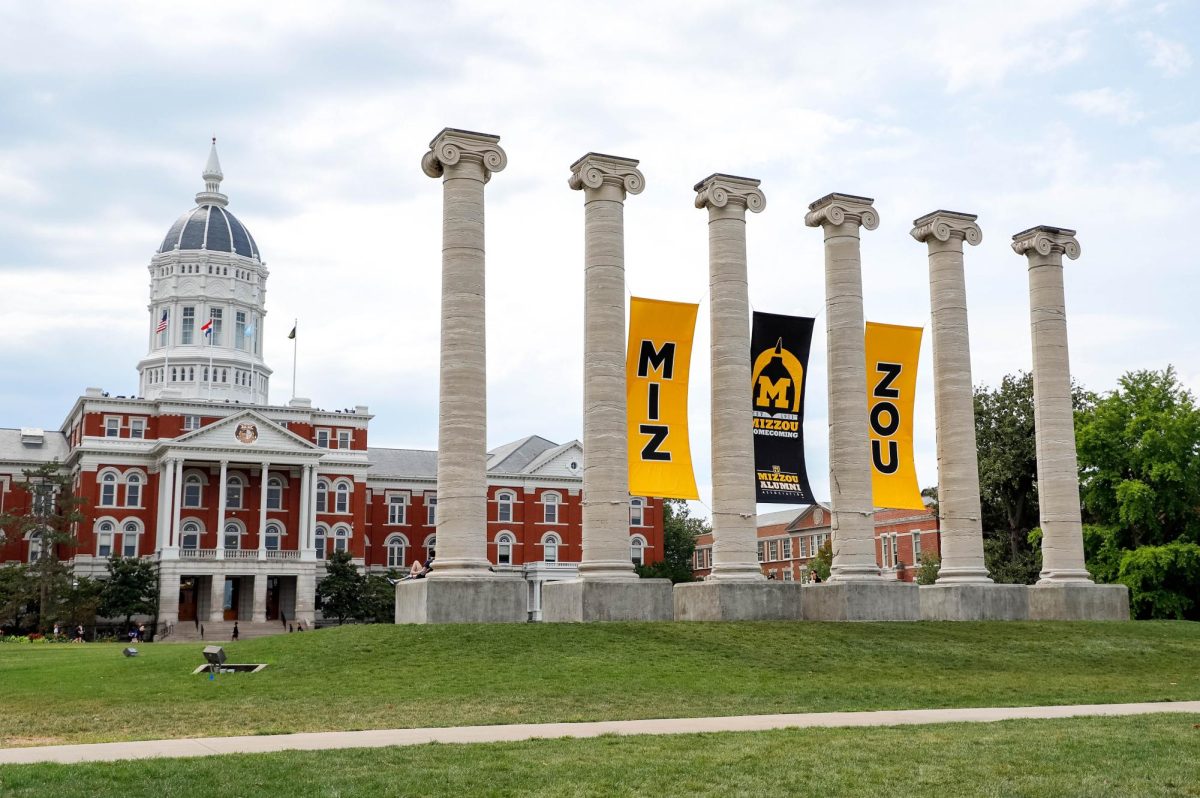We’re in the final leg of the 2022 midterm election push as most state primaries are wrapping up. In preparation for Election Day on Nov. 8, here is some general information.
What’s a midterm?
Midterms are elections that occur every two years between presidential elections. In the 2022 midterms, 36 governors, 34 senators, and every state representative are up for election. Often, midterms have lower voter turnout. For example, according to the Census Bureau, 53% of voting-aged adults voted in the 2018 midterm versus 67% in the 2020 presidential election. This phenomenon usually benefits the party able to best activate its base, like the Democrats in 2018 who overtook Republicans in the House. It seems overturning of Roe vs. Wade has activated a sizable liberal base. 6 out of 10 Americans said the court’s decision made them more likely to vote. In addition, democrats were far more likely to say they’d vote in November as a result of Roe being overturned.
A note on intrinsic bias
Midterm elections are intrinsically biased. Every state, regardless of size, has two senators. Thus California, with a population of nearly 40 million, has the same number of senators as Wyoming, with a population of nearly 580,000 residents. This creates a significant electoral imbalance where 194,000 Republicans in Wyoming, according to Politico Election Results, have as much say as 11.1 million Democrats in California. Since 1994, Democrats have won the popular vote in senatorial elections by 3.7%yet have been at a 1.3-seat disadvantage. Therefore, Democrats need a significant voter advantage to control the Senate.
The House of Representatives is more representative of popular votes as redistricting after the 2020 census brought the number of Democratic- and Republican-leaning seats more in line According to FiveThirtyEight, which tracks the effects of redistricting. Midterms traditionally serve as a judgment of the president, as voters tend to side with the party out of the presidency.
Democratic strategy and outlook
This year, Democrats control the presidency, which, based on previous voting trends, casts them as the underdogs in the race to keep control of the House. FiveThirtyEight’s election forecast gives Democrats a 20% chance of winning the House as of Aug 6. Biden’s low comparative popularity rating and an economy many believe is on the brink of recession present additional challenges to the Democratic midterm campaign. However, the conservative Supreme Court overturning Roe v. Wade has changed the political landscape for Democrats, who have been able to run on the promise to codify reproductive and same-sex marriage rights. This has brought them from down about 2 points in FiveThirtyEight’s generic party preference poll to Democrats plus .3. It’s unclear if this will be enough to preserve the house, but it should, according to FiveThirtyEight projections, allow them to hold the Senate.
Republican strategy and outlook
Republican strategy has focused on Biden’s presidential failures and general lack of legislative action from Democratic incumbents. In addition, they’ve pushed the narrative that the economy is on the brink of recession, which is more than likely to turn out conservative voters. A Monmouth University poll reports economic concerns as the No. 1 issue for voters right now, making the economy highly important for Republicans to run on.. However, unpopular senatorial candidates have inhibited the Republican Party. Pennsylvania is a strong example of this, as Mehmet Oz, has been greatly out-fundraised and leaped in the polls by liberal challenger John Fetterman. While there are three months to go, Democrats could still potentially pick up a Senate seat in an election Republicans could feasibly win.
Missouri outlook
Missouri had one of the most eventful Republican senatorial primaries this cycle. The race came down to Eric Schmidt and Eric Greitens, who both received political endorsement from former President Donald Trump. Schmidt falls more in line with the traditional conservative mold of lowering taxes, protecting the border and strict abortion policy. Greitens ran on an anti-establishment hard right platform. Greitens drew national attention when he made an ad inciting people to “go RINO hunting,” an acronym for “Republicans In Name Only” that Trump popularized to critique conservatives who didn’t adopt his policy views. This race between the traditional and hard right encapsulated this primary season. While the establishment choice won out in Missouri as Schmidt won the primary, in some races such as the Michigan 10th District primary, the far right won. Rep. Peter Meijer, who supported Trump’s impeachment, lost out to John Gibbs, who pushed false claims about Biden stealing the 2020 election. In Missouri, moderates generally dominated the election. The Missouri Democratic senate primary was no exception. The favorite heading into the primary, Lucas Kunce, lost to Trudy Busch Valentine. Kunce, who received Bernie Sanders’ endorsement, was more progressive on most issues in the primary. Valentine even came out against the teaching of critical race theory. The moderate victory shows the relative centrist nature of Missouri voters in this election cycle.
If you wish to participate in the upcoming Missouri midterm elections, register to vote by Oct. 12. You can find your polling place here.













